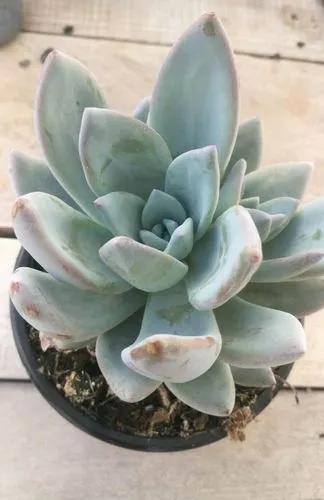Aurinia saxatilis is an ornamental plant native to Asia and Europe. Common names include yellow alyssum, madwort, goldentuft and gold-dust. It is a good ground cover in summer areas where it does not burn out from high heat and humidity.
Basket of gold Care
Aurinia saxatilis



Aurinia saxatilis commonly called basket-of-gold is a low-growing, spreading perennial that produces a profuse spring bloom of bright yellow flowers that are particularly attractive in rock gardens, sprawled over rocks or cascaded over rock walls. After bloom, it will remain in the garden as an attractive ground cover unless the foliage depreciates or plants die back from hot summer conditions. It is native from central Europe to Turkey. This is a mat-forming perennial with woody roots that grows to 6-12” tall and features spatulate basal leaves (to 5” long) and smaller linear-oblanceolate stem leaves. Leaves are gray-green. Bright yellow flowers in corymbose panicles bloom in spring. Genus name comes from the word aureus meaning golden in allusion to the flowers of A. saxatilis. Specific epithet means found among rocks.
How to Care for the Plant

Water

The plant is drought-tolerant and prefers soils on the dry side. This doesn’t mean you shouldn’t regularly water the plants. You just have to make sure you space the watering, so the roots are not drowning in water and moisture.

Fertilizer

If you want to feed the plant, add some complete plant food in early spring. Even though this is not essential, it will give it a boost.

Sunlight

Best flowering is in full sun for at least 6 hours during the daytime, however plant foliage appreciates some afternoon shade in hot summer climates.

Soil

Grow in dry, average to sandy, well-drained soils in full sun. Avoid heavy clay soils. Rots may develop in moist or poorly-drained soils

Temperature

The plant can be grown in the areas with the lowest winter temperatures between -40°F and -30°F or -40°C and -34.4°C. Also, this plant can be grown as annual.

Popularity

379 people already have this plant 90 people have added this plant to their wishlists
Discover more plants with the list below
Popular articles






